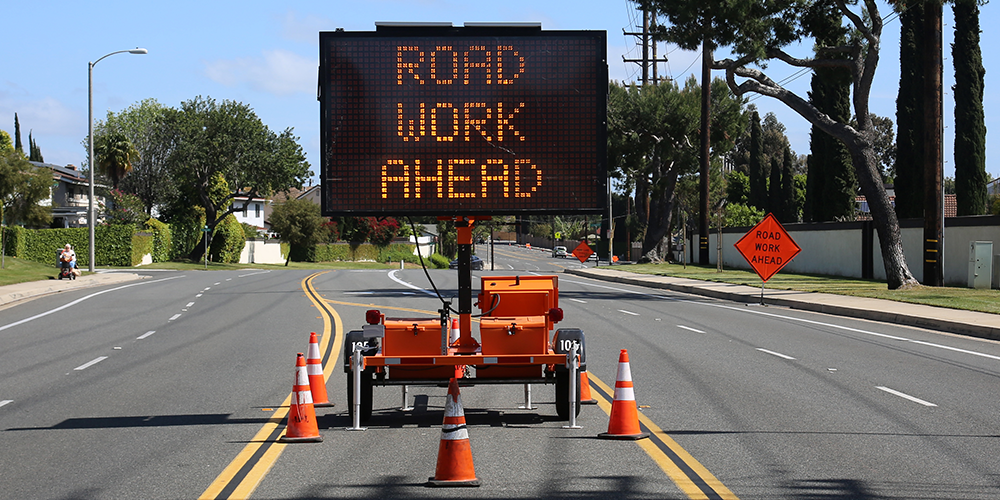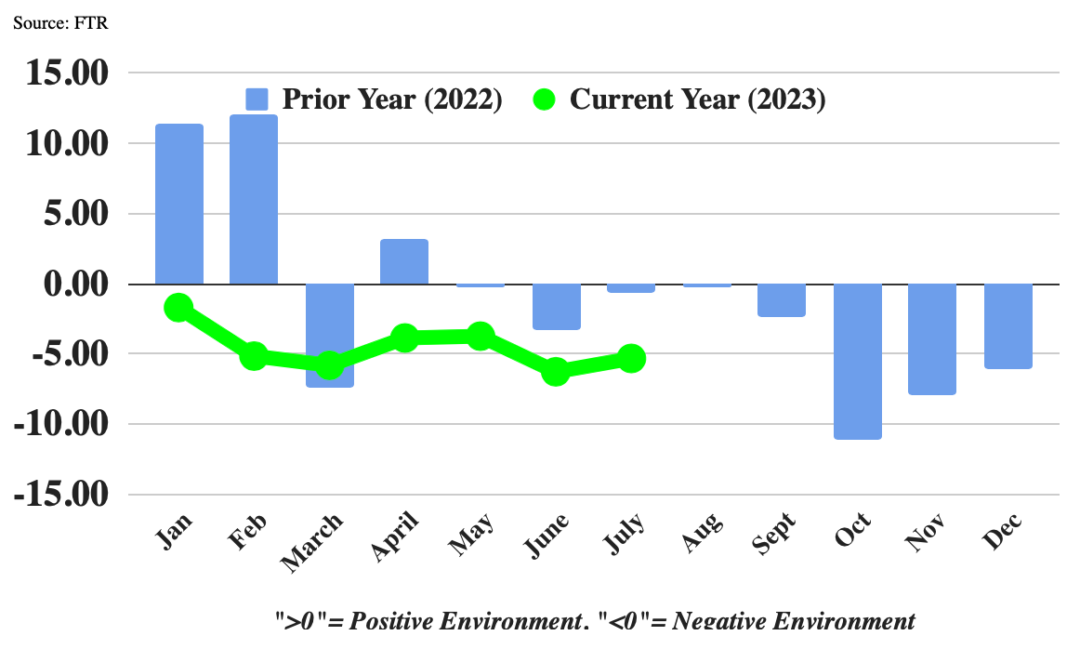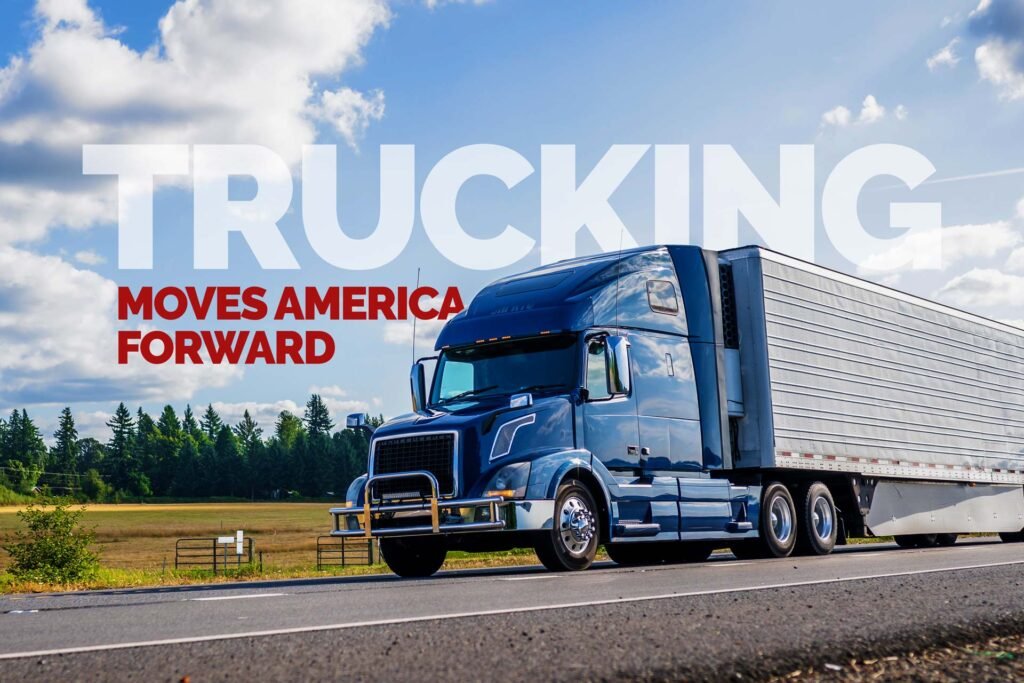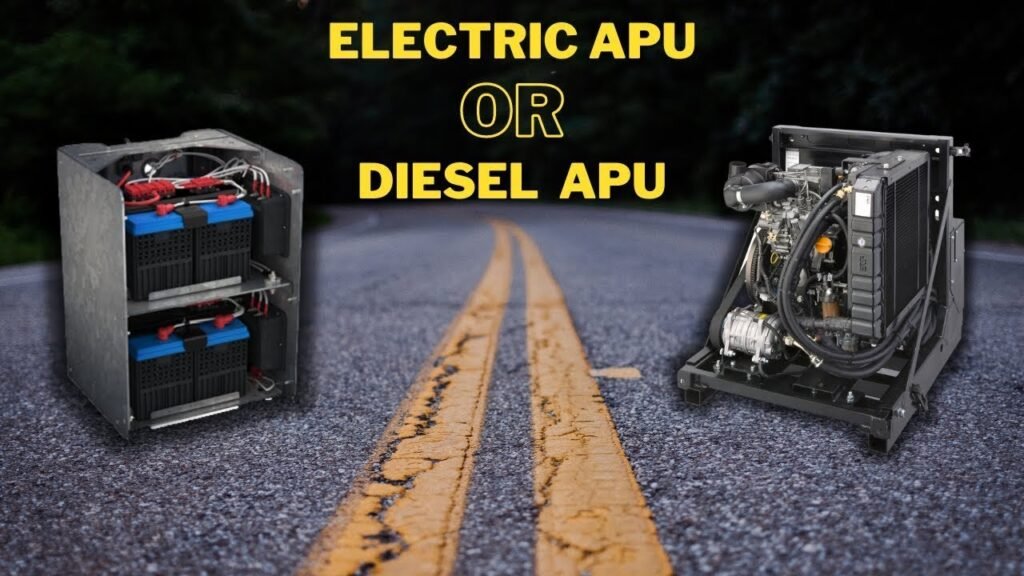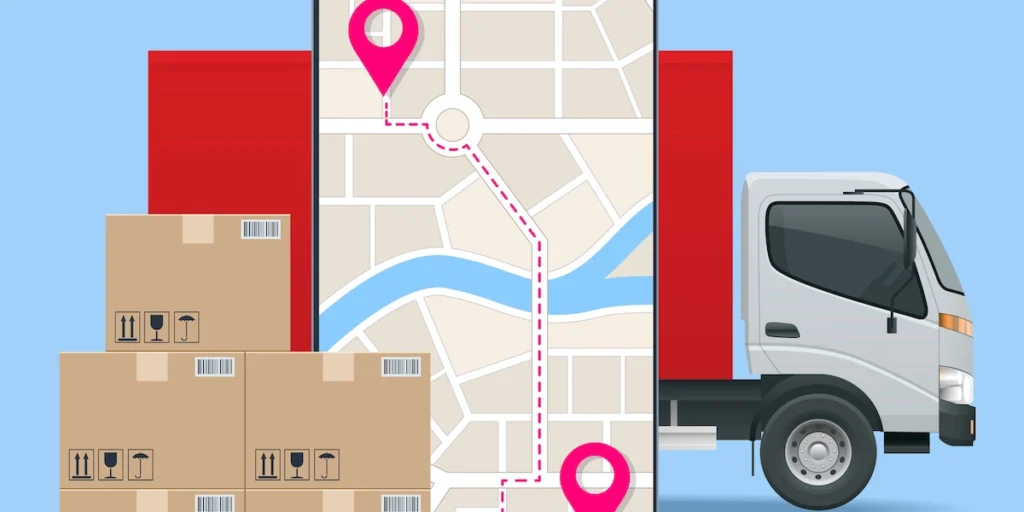Comprehensive Analysis
Lease purchase programs have gained popularity in recent years as a flexible and viable option for individuals and businesses looking to acquire assets without committing to an outright purchase. These programs allow lessees to lease an asset with an option to purchase it at the end of the lease term. While these programs offer several advantages, they also come with their fair share of disadvantages. In this comprehensive analysis, we will delve into the pros and cons of lease purchase programs to help you make an informed decision.
Introduction to Lease Purchase Programs
Lease purchase programs, also known as lease-to-own or rent-to-own programs, are arrangements where the lessee has the option to purchase the leased asset at the end of the lease term. This type of agreement provides flexibility to lessees who may not have the financial means or desire to make an outright purchase initially. Lease purchase programs are commonly used for items such as vehicles, electronics, furniture, and even real estate.
Advantages of Lease Purchase Programs
One of the key advantages of lease purchase programs is the flexibility they offer to lessees. These programs allow individuals and businesses to acquire assets without the need for a substantial upfront investment. This is particularly beneficial for startups or individuals with limited capital. Additionally, lease purchase programs often have lower monthly payments compared to traditional financing options, making it more manageable for lessees to budget their expenses.
Lease purchase programs also provide an opportunity for lessees to test the asset before committing to a purchase. This allows them to assess its performance, suitability, and overall value. If the asset does not meet the lessee’s expectations, they can choose not to exercise the purchase option and return the asset at the end of the lease term. This flexibility reduces the risk of making a costly mistake by purchasing an asset that may not meet the lessee’s long-term needs.
Disadvantages of Lease Purchase Programs
While lease purchase programs offer flexibility, there are also some disadvantages worth considering. One major drawback is the overall cost of the lease. Lease purchase programs often come with higher interest rates or fees compared to traditional financing options. This can significantly increase the total amount paid over the lease term, making it more expensive in the long run.
Another disadvantage is the potential for being locked into a lease with unfavorable terms. Some lease purchase agreements may have strict conditions or penalties if the lessee decides not to exercise the purchase option. It is crucial for lessees to carefully review the terms and conditions before entering into such agreements to avoid unexpected costs or restrictions.
A Comprehensive Analysis: Weighing the Pros and Cons
In conclusion, lease purchase programs provide a flexible alternative for individuals and businesses looking to acquire assets without committing to an outright purchase. The advantages of lease purchase programs include financial flexibility, lower monthly payments, and the ability to assess the asset before making a final decision. However, it is essential to consider the potential drawbacks, such as higher costs and unfavorable lease terms.
Before entering into a lease purchase program, individuals and businesses should thoroughly evaluate their financial situation and carefully review the terms and conditions of the agreement. By considering the pros and cons, one can make an informed decision that aligns with their long-term goals and financial capabilities.

